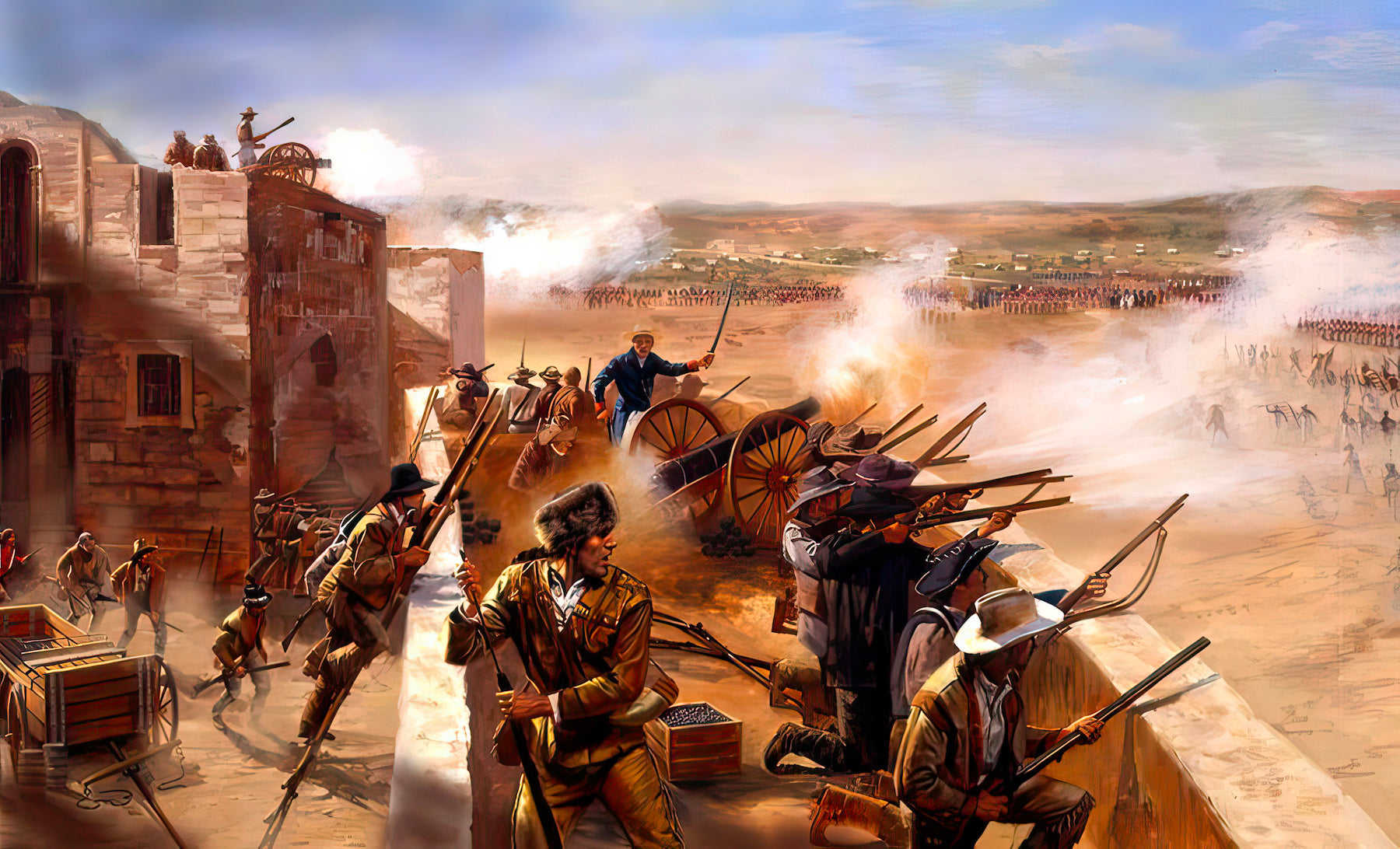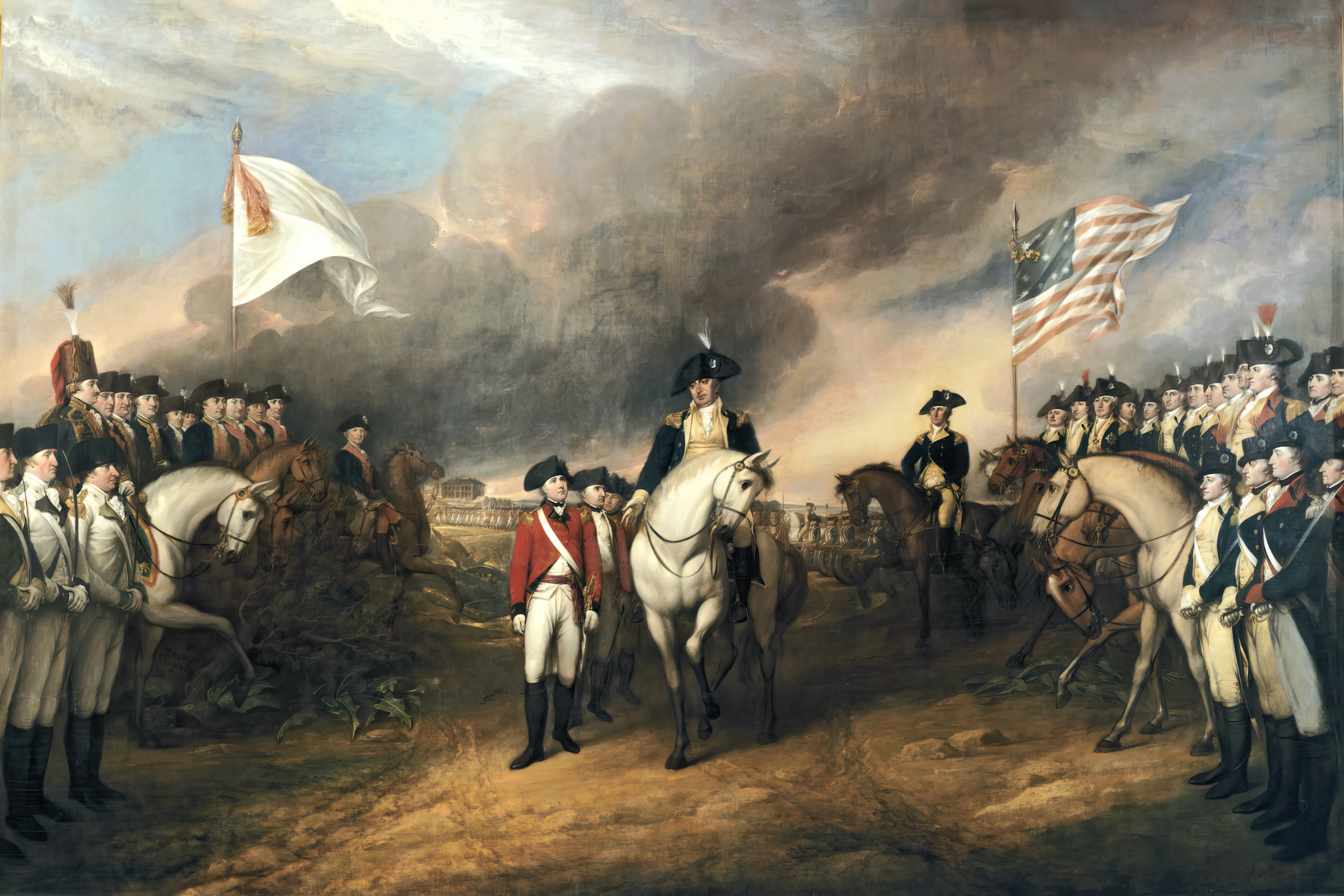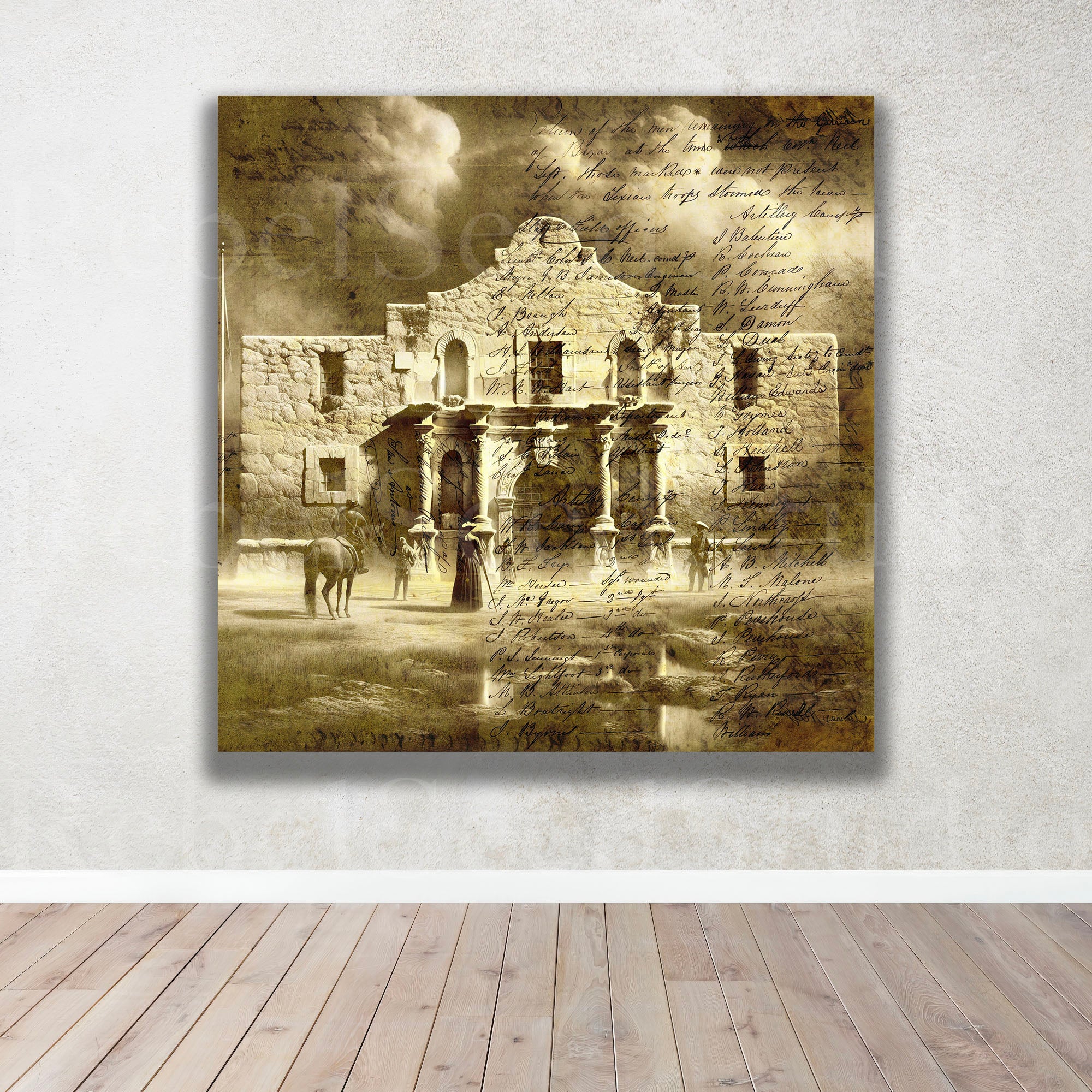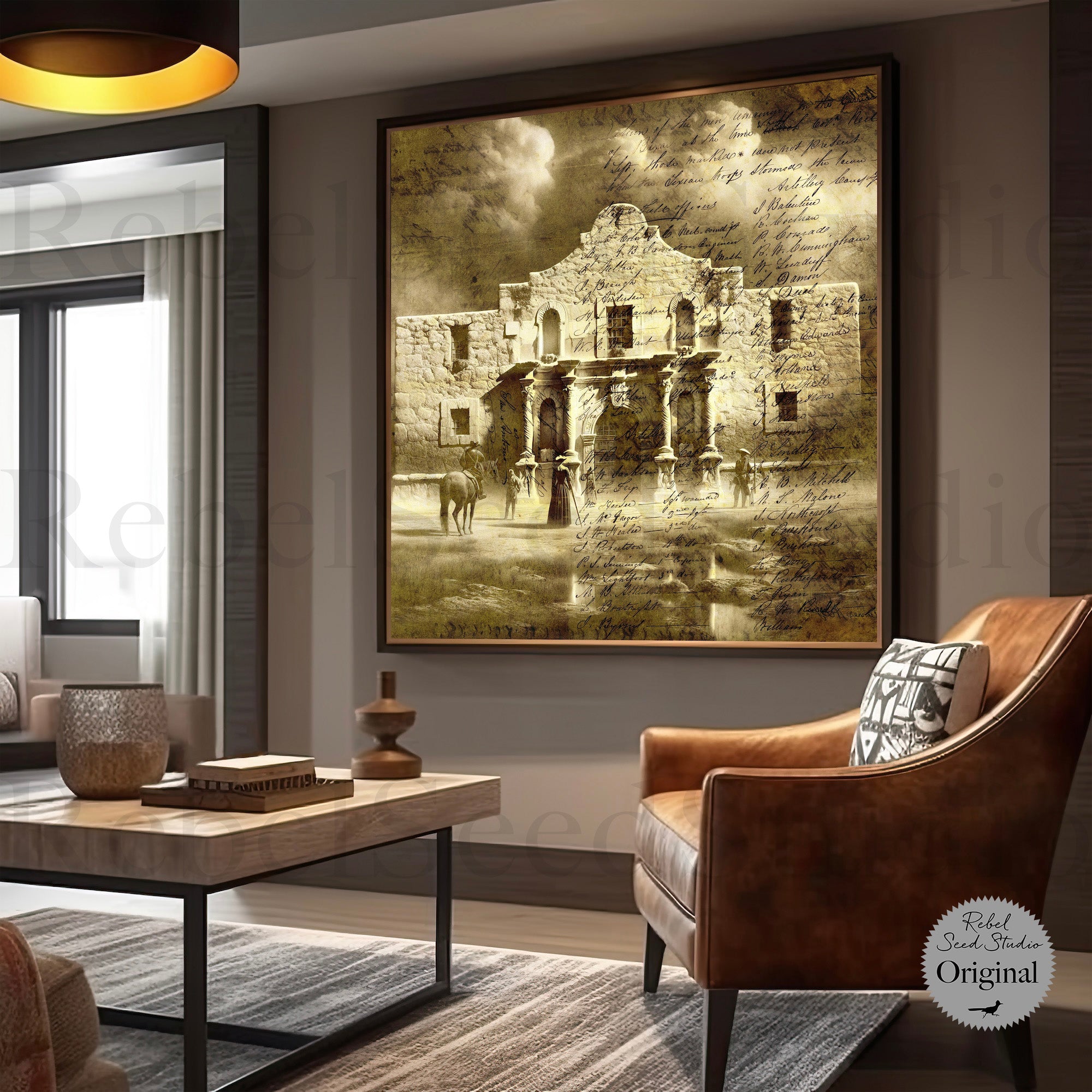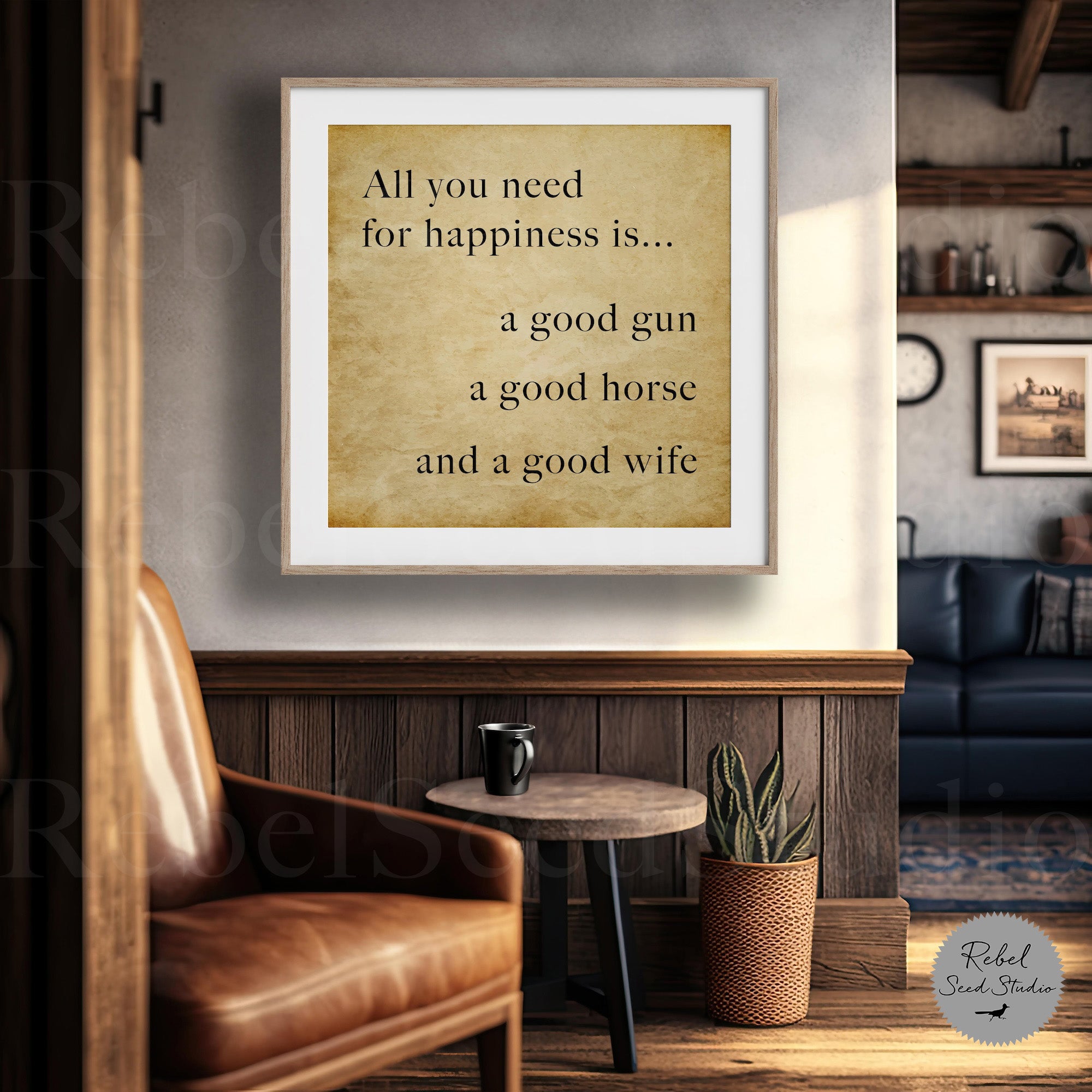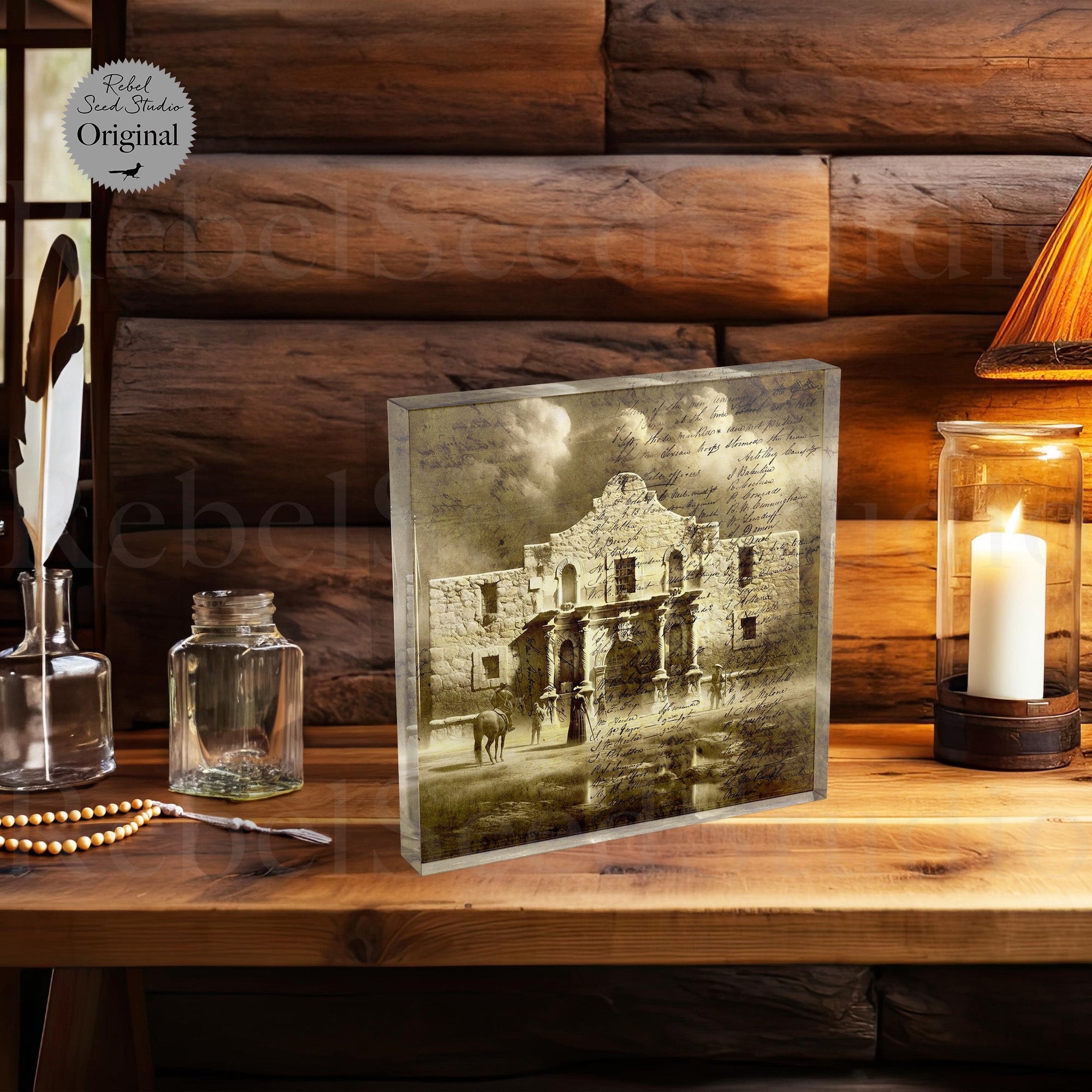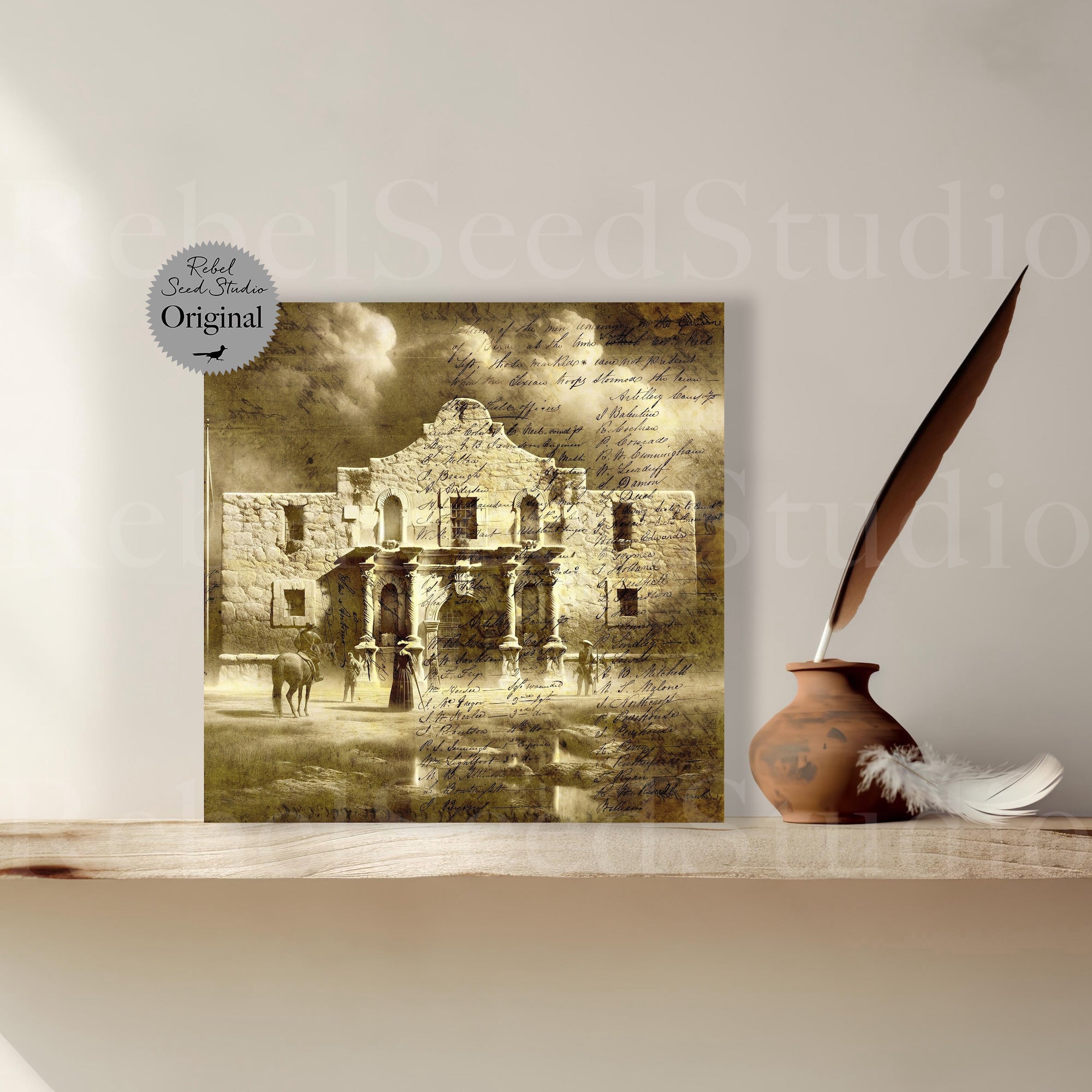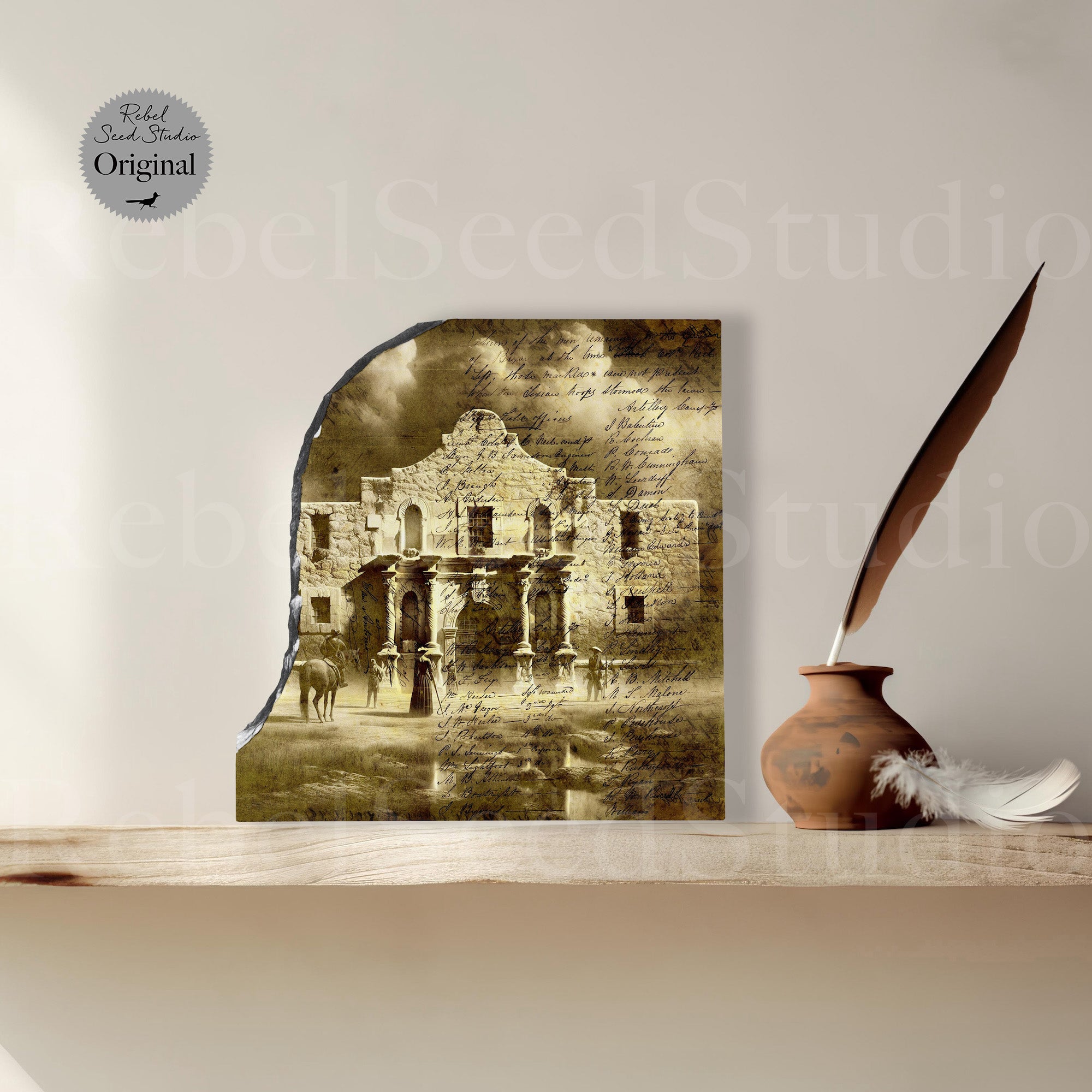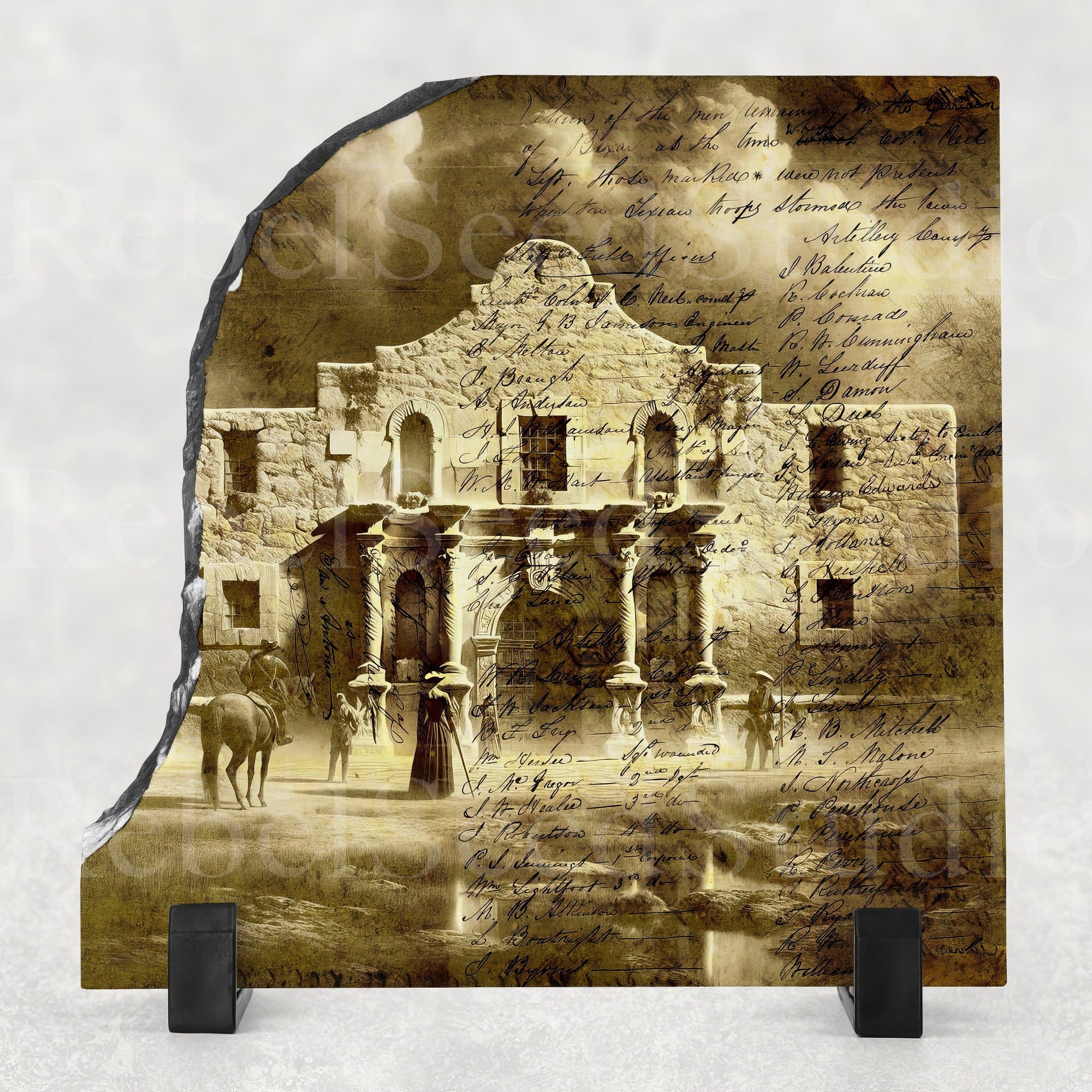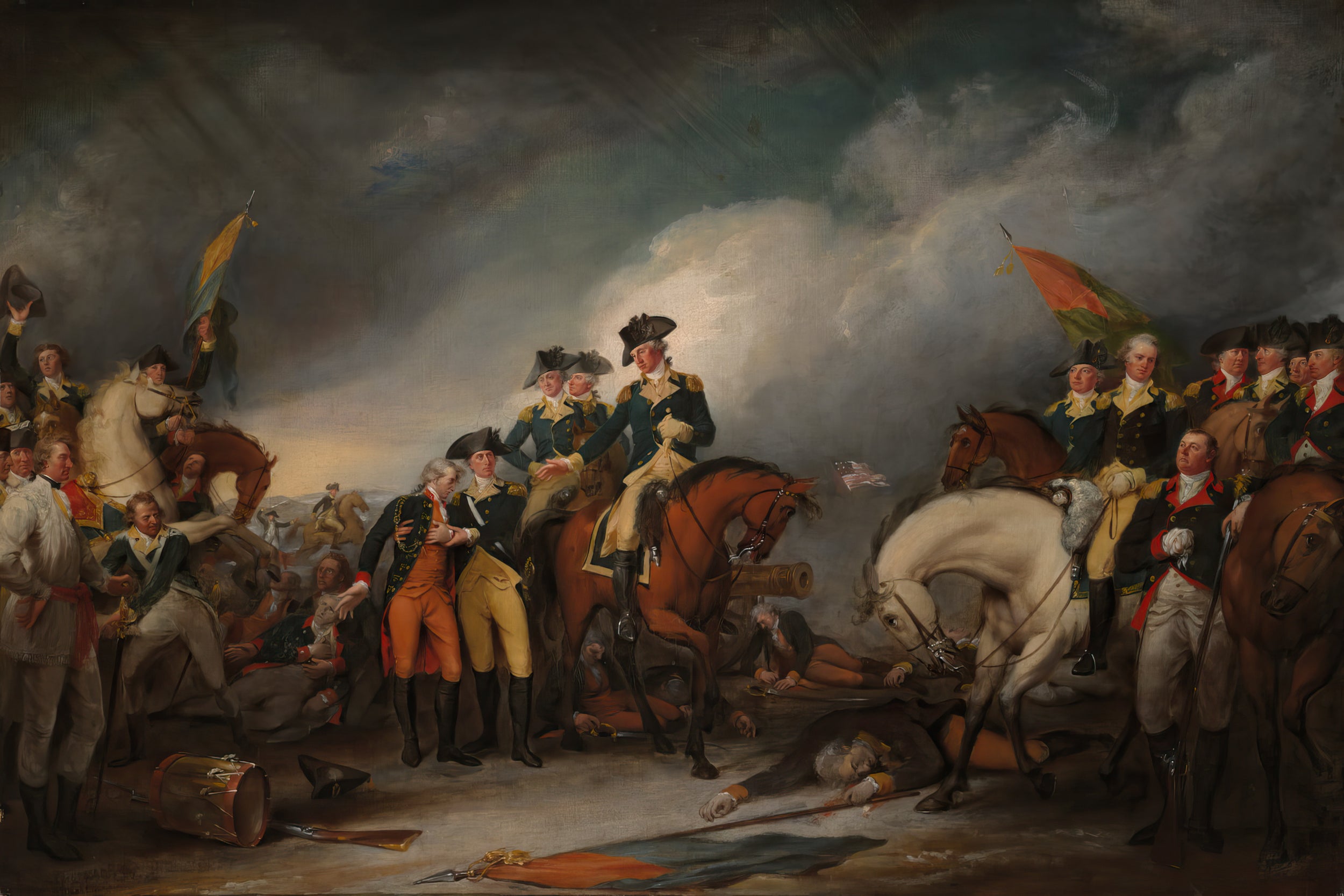
The Capture of the Hessians at Trenton, December 26, 1776 (Painting)
Artist John Trumbull's 1820 painting depicts the capture of the Hessian soldiers at the Battle of Trenton on the morning of Thursday, December 26, 1776, during the American Revolutionary War.
According to Wikipedia: The focus of the composition is on General George Washington (in the center of the painting) aiding the mortally wounded Hessian Colonel Johann Gottlieb Rall. Nearly 900 Hessians were captured at the battle. Rall is being helped by American Major William Stephens Smith, aide-de-camp to General John Sullivan. Washington orders Smith to "call our best surgeons to his assistance, and let us save his life if possible." During the battle, Rall had been shot twice and needed to be carried into his headquarters, where he died that night. Behind Washington, on horseback, are his aides, Colonel Robert Hanson Harrison and Captain Tench Tilghman.
To the left and behind Rall, severely wounded American Lieutenant James Monroe is attended to by Dr. John Riker. He saved Monroe's life by quickly clamping the damaged artery to stop the heavy bleeding. On the far left, dressed in white, is American Colonel Josiah Parker. He had the honor to receive Rall's sword of surrender and he alone holds a sword in the painting.[ Next to him are Colonels Edward Wigglesworth and William Shepard
American Major General Nathanael Greene is shown on the right on a light-colored horse, facing Washington. Behind Greene are American Generals John Sullivan, Henry Knox, Philemon Dickinson, John Glover, and George Weedon. Standing to the right of Greene is Captain William Washington, who was wounded in his hand during the battle
In the foreground, a fallen Hessian flag is shown. Washington was later presented one as a war trophy.
Artist John Trumbull intended to show the compassion of General George Washington in this painting, as he wrote in the catalogue for his exhibited works at Yale University in 1835: The magnanimous kindness displayed by Washington, on this occasion, offers a sublime example of true heroism, and well deserves to be imitated by all military men. The artist chose this subject, and composed the picture, for the express purpose of giving a lesson to all living and future soldiers in the service of his country, to show mercy and kindness to a fallen enemy - their enemy no longer when wounded and in their power.
The painting is on view at the Yale University Art Gallery in New Haven, Connecticut.
Download the Keys to John Trumbull's American Revolution Paintings (to view the name and location of each person depicted in the composition).
Artist: John Trumbull
Date: 1820
Location: Trenton, New Jersey
Original medium: Oil on canvas
Orientation: Horizontal/Landscape
Image restored & enhanced by Rebel Seed Studio


